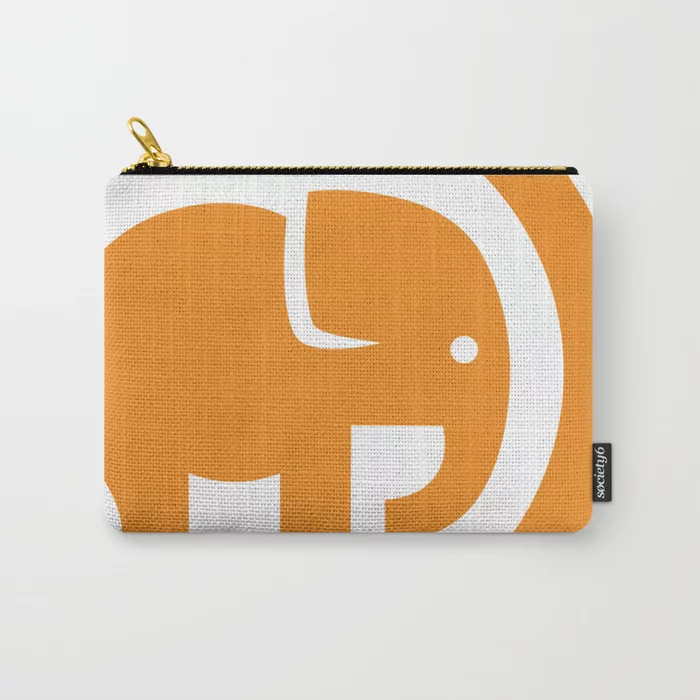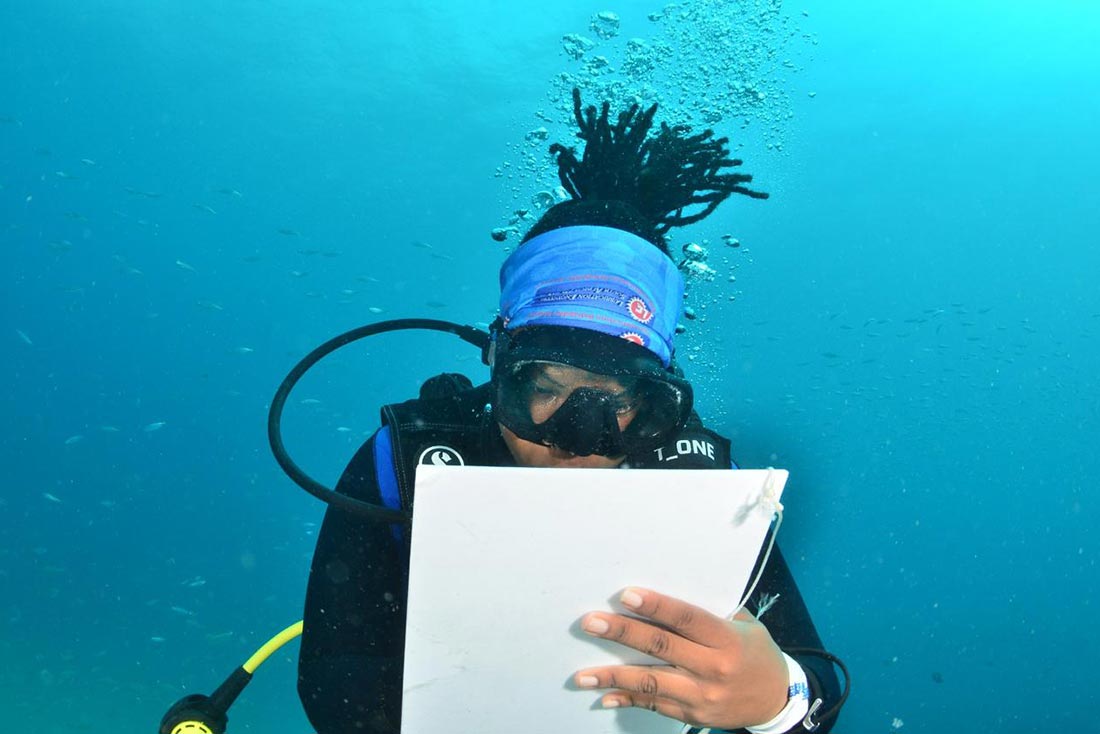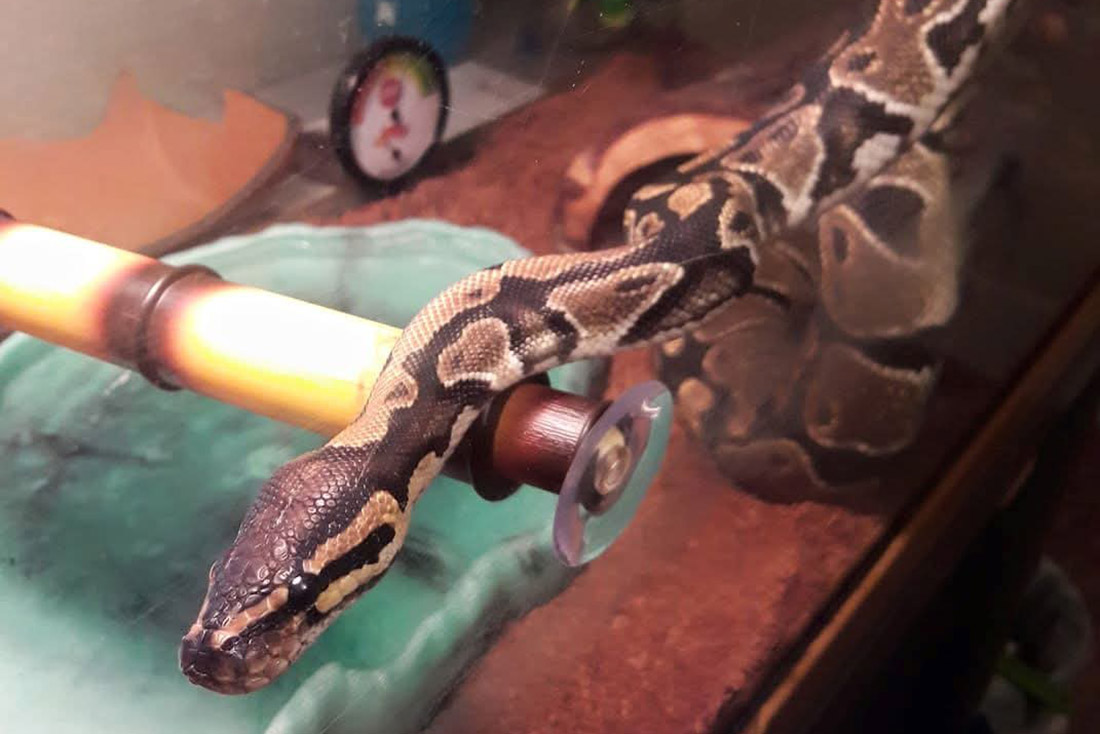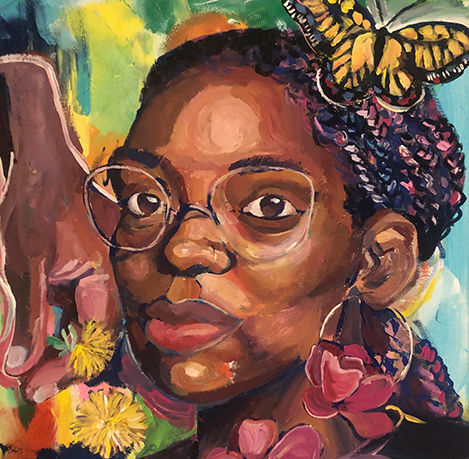As a kid, the local pet store was my favorite playground. After every grocery store adventure across the street, the automatic doors would welcome me in with open arms like an old friend. Bubbling with excitement, barrettes bouncing in my hair, I’d dash down the aisle of chew toys, trail my fingers along the glass to play with the cats, courageously peek at the tiny ball python, squawk at the jumping bluebirds, and fog up the aquarium glass with my breath to get a better look at the fish. These adventures were a big part of my childhood! I’ve always been fascinated with animals and the environment. Although I didn’t know what a conservationist was when I was younger, but I knew I wanted to somehow save the world.
As I got older and began watching the news and participating in science class discussions, I wondered how I could prevent the icebergs from melting, help the coral reefs from rising pH levels, end the unprecedented severity of natural disasters or save the bees? They all seemed like too big of a problem for me to tackle. Being in spaces created for the welfare of wildlife, I’ve discovered that conservationists are people who strive to protect the Earth’s living things and are passionate changemakers that will help resolve the big problems our planet faces.
In middle school, I loved volunteering at my local nature center. Uniformed in a violently orange shirt, I had the chance to help take care of animals like bearded dragons, Madagascar hissing cockroaches, snakes, frogs, a bunny, and a crow. There I learned conservation doesn’t have to be intimidating. When I saw initiatives like volunteers rehabilitating a greenhouse or the public being educated around local wildlife, I realized that conservation doesn’t have to look like international collaboration on the protection of a species or a hundred-page research article filled with long words and confusing graphs. Conservationists are government officials who push legislation that protects the environment and our water and air quality or social activists who protect disenfranchised communities most affected by climate change. They are sustainable consumers that buy their groceries locally or eat less meat when they can. They are fashion icons who thrift or shop from eco-friendly clothing stores. Conservationists are students who educate themselves on endangered species, gardeners, bus drivers, or even small businesses that choose sustainable shipping materials.
At the animal shelter, I learned that even the small tasks matter, and individual actions can contribute to the greater good. I had the honor of designing and leading the beautification of one of the interaction rooms with my coworkers. We painted a mural and added new furniture to the space. Although this seems like a small action, the interaction room plays an essential role in the adoption process at animal shelters. This is important because animal shelters save animals and encourage healthy relationships between people and animals.
Volunteering at my local zoo and working at the animal shelter provided me with a similar great learning experience and a new understanding of conservation. At my zoo’s kid farm, I learned that, whether it’s a Hereford cow named Rose, an alpaca named Orion, or chickens named after Game of Thrones characters, people care about animals and the preservation of their habitats. At the zoo’s Summer Safari Day Camp, I saw how excited about zoology and how smart kids are. We’d play games like Guess-The-Animal-I’m-Thinking-Of, and often I’d lose to fourth and fifth graders for not guessing a specific dinosaur from the Cretaceous period or a jellyfish. I realized that conservationists can be any age. I learned how promising the future is based on how passionate youth are about the Earth and all living things.
Moreover, globally collaborative institutions, like some zoos devoted to conservation and research, are great learning hubs for the public’s education and can create conservationists. My intent to get more experience with the animal field and dive into what makes me passionate and happy has become a long and fun journey of learning about all the different ways the people around me advocate for and learn more about conservation. As a result of spaces like local nature centers, zoos, animal shelters, or even Conservation Nation’s Youth Advisory Council, I’ve found that though the environmental challenges can be overwhelming, conservationists are the superheroes that have been, and will continue to be the leaders behind humanity’s efforts to combat the issues facing planet Earth. So basically, there’s a little girl excited to run down the pet store aisles aisles in all of us that will help change the world for the better.
Kennedy is a Conservation Nation Youth Advisory Council member. She is a high school senior from Maryland and is passionate about animals and the intersection of art and social justice.










